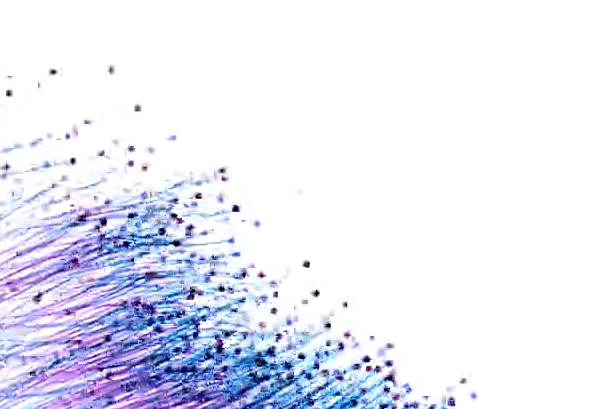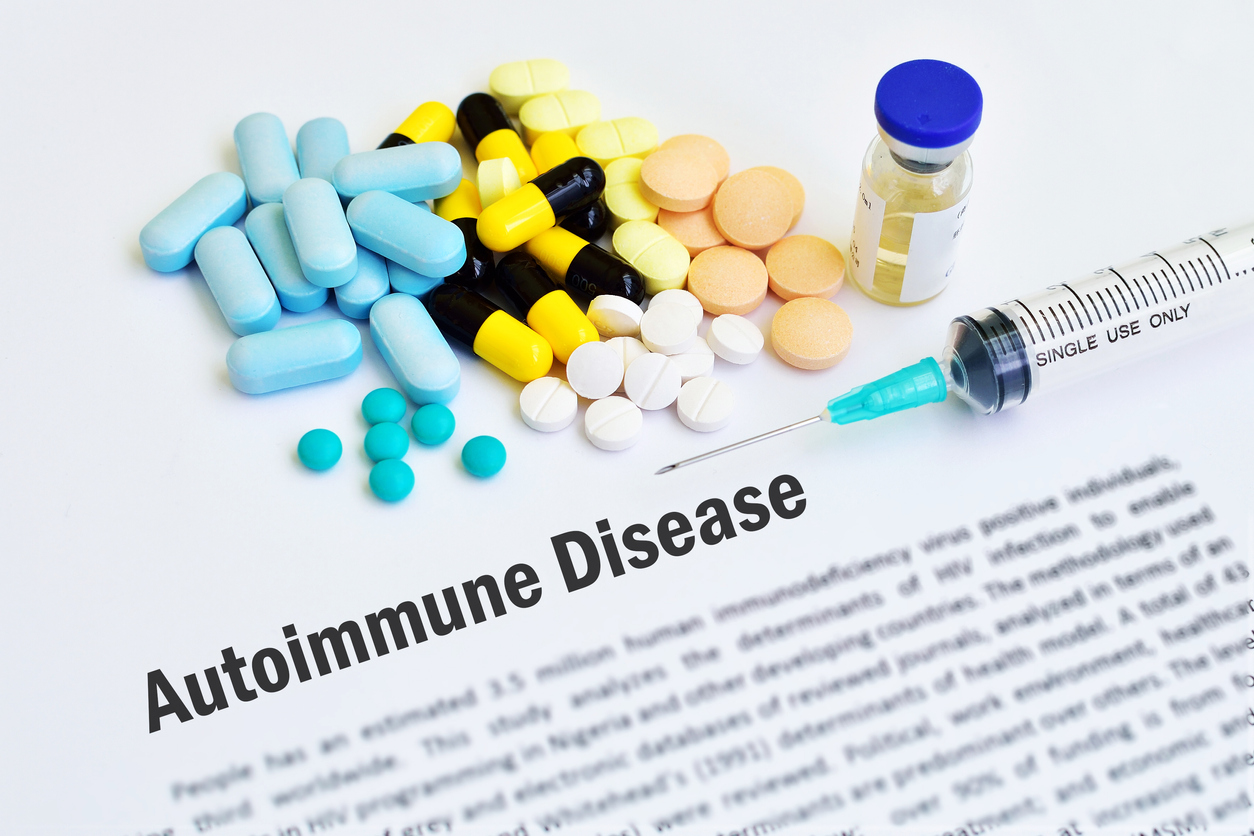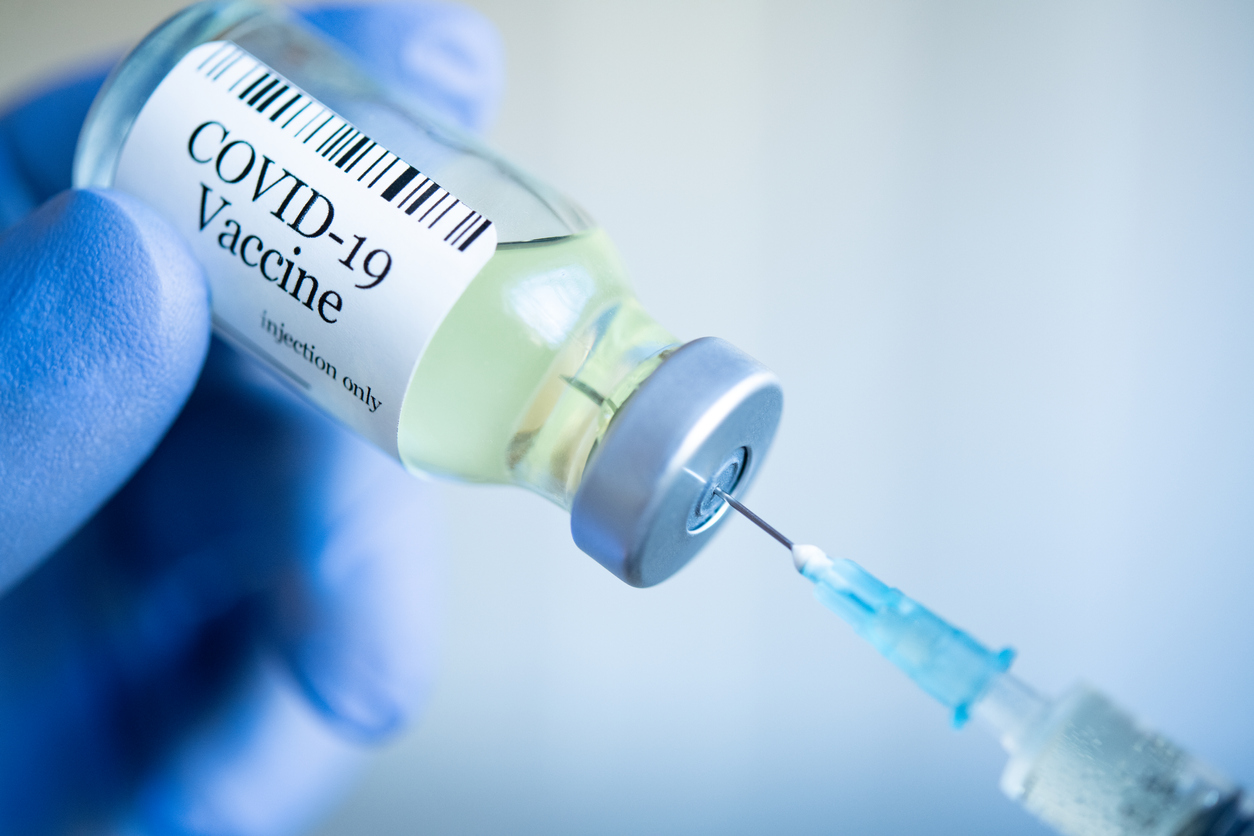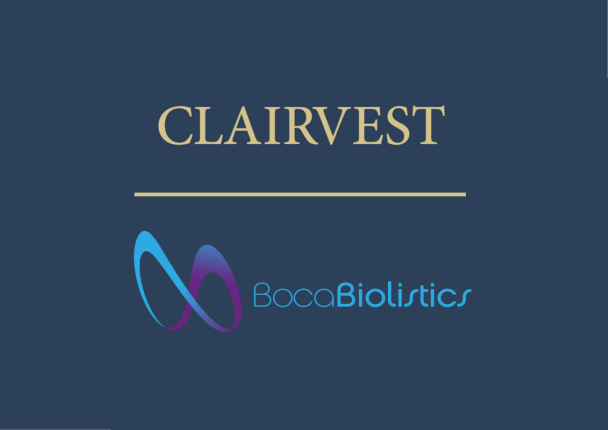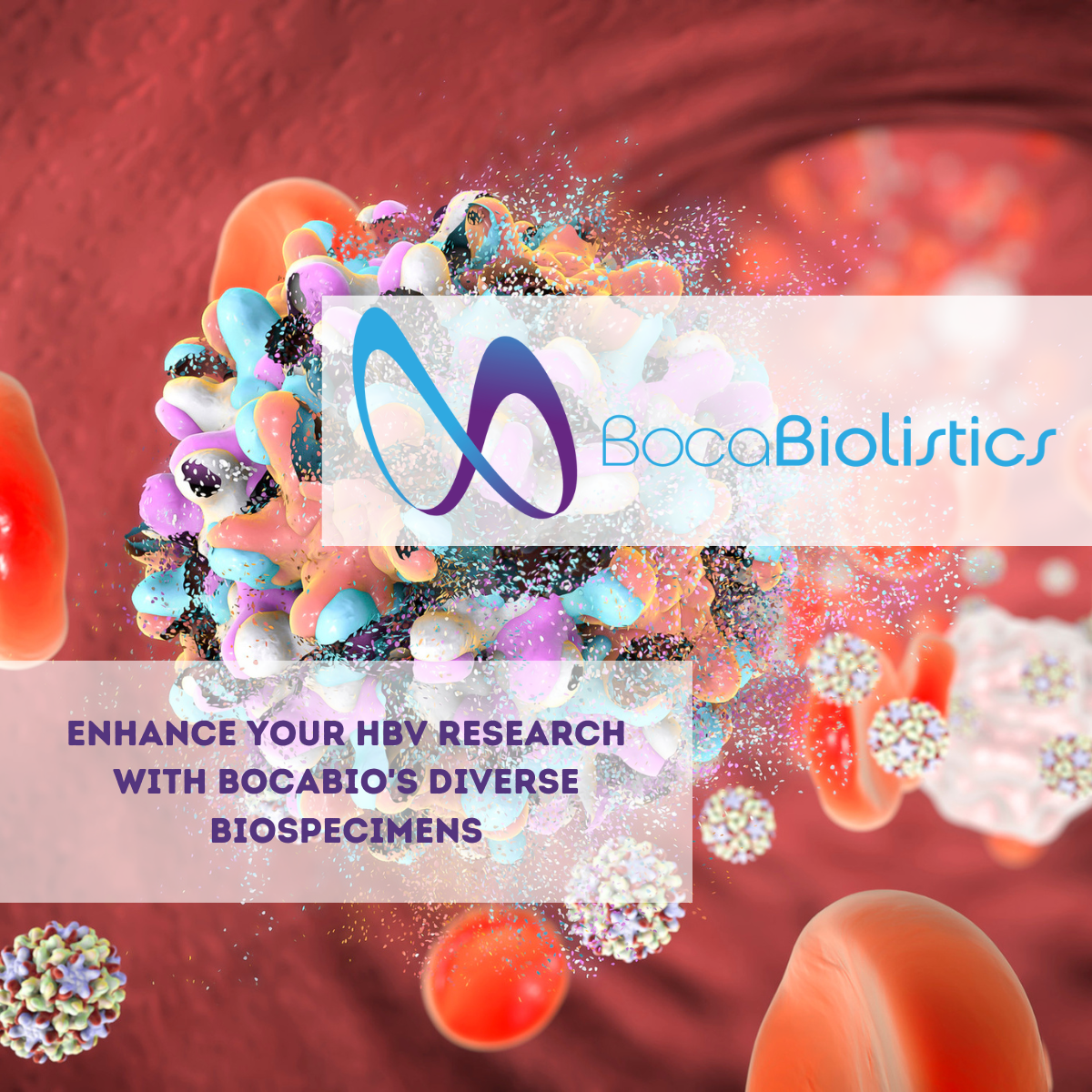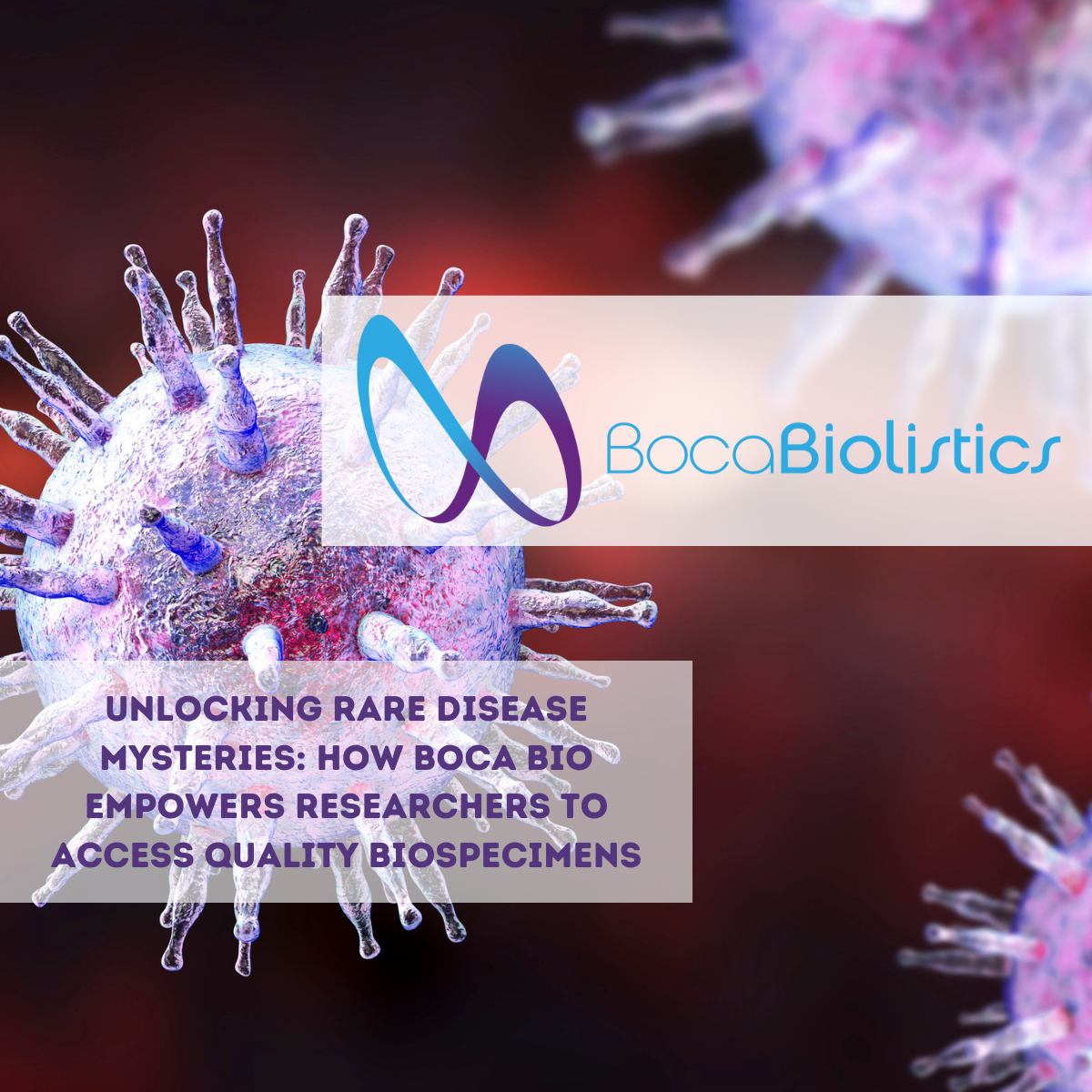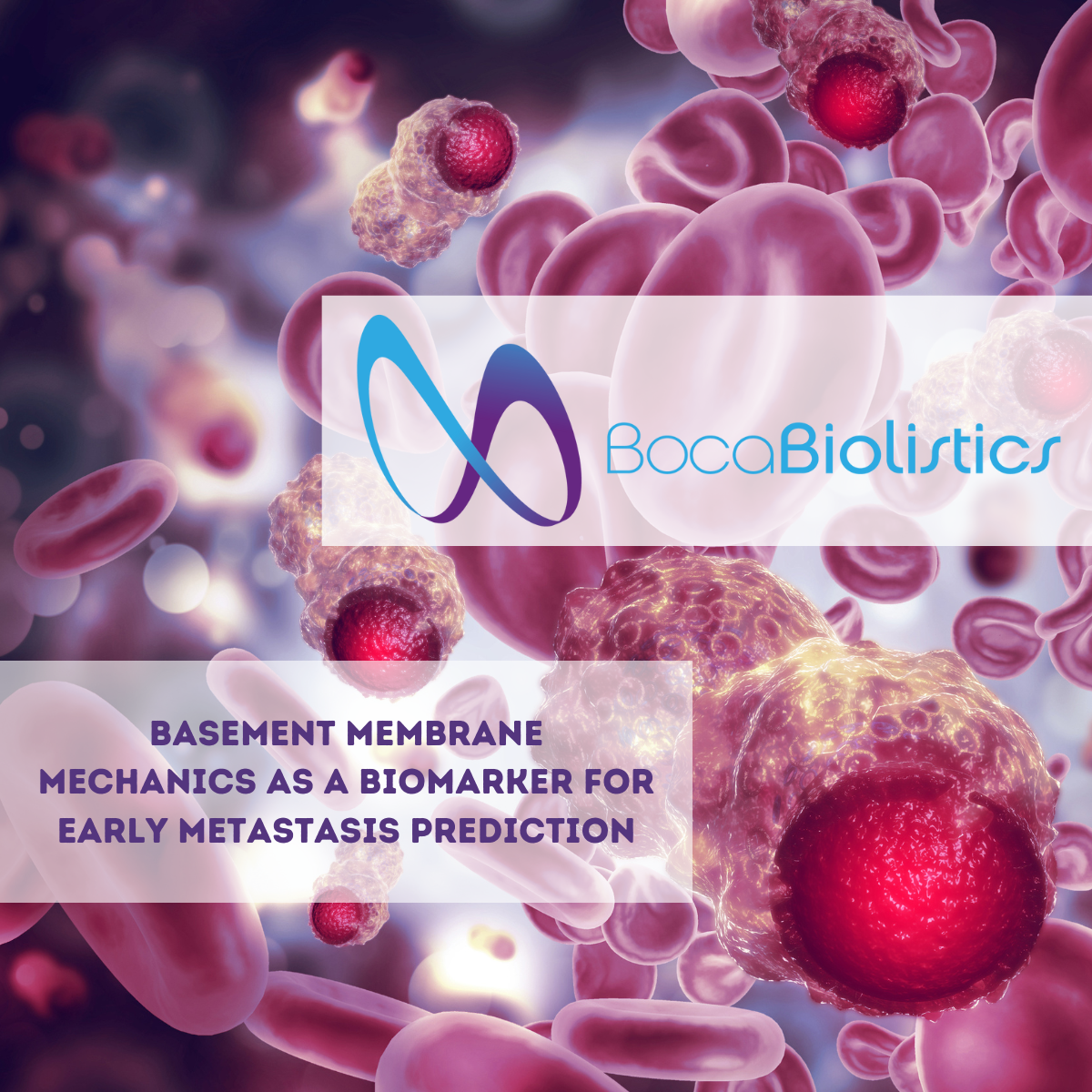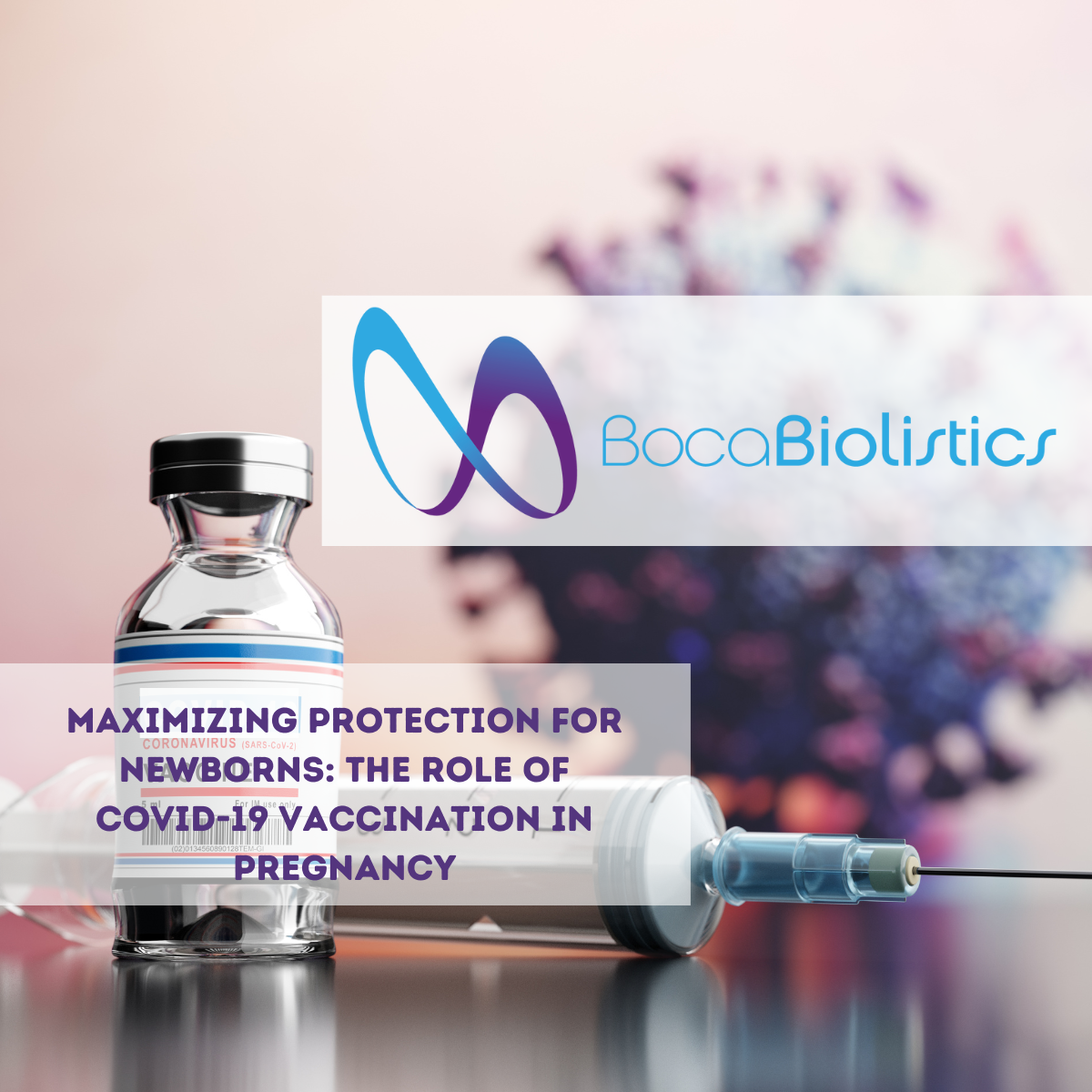Most people have some Neanderthal DNA, with the percentage being negligible in Africa and highest in East Asian populations. Almost all Europeans also have some Neanderthal DNA, typically between 2 and 3%.
Our past interbreeding with our Neanderthal cousins has resulted in genes that affect hair color, sense of smell, sleeping habits, susceptibility to heart disease, and susceptibility to pathogens. Studies have shown that we inherited genes that fought off certain pathogens, and there's some indication of positive selection pressure affecting the frequency of certain genes in certain areas. It's also worth considering that any genes that have survived into the modern age likely have some positive value, although genetic drift can certainly result in the preservation of neutral genes.
However, in the case of COVID-19, there's now evidence that certain genes inherited from Neanderthals may increase an individual's risk of severe COVID-19, hospitalization, and death.
There are two major risk areas known.
Chromosome 3
A specific gene cluster on chromosome 3 is a risk factor for respiratory failure after COVID-19 infection. This cluster may prove to be the most significant genetic risk factor. It is found in about 16% of people in Europe and as many as 50% in South Asia (there's even a cluster in Bangladesh with a frequency of 63%). It is also found in about 9% of admixed Americans, that is people with ancestry from two or more sources. The cluster is rarer in East Asia, which might reflect negative selection pressure due to increased susceptibility to other coronaviruses or similar respiratory infection. The same genetic cluster has been found in Neanderthal fossils ranging from 50,000 to 120,000 years old, indicating it was probably not inherited from a common ancestor. Any common ancestor is about 550,000 years old, which is too long a period for a gene to persist in a population.
The current pandemic has also placed this gene under negative selection, although how much remains to be seen. For example, individuals of Bangladeshi origin in the UK have been shown to have twice the risk of dying from COVID-19 than the general population. While this may be partially mitigated by the risk also being higher in older individuals who have already had children, the current pandemic will likely decrease frequency somewhat in the general population. It could also be a partial explanation for the overall lower incidence of severe disease in Africa, where Neanderthal genes are much rarer.
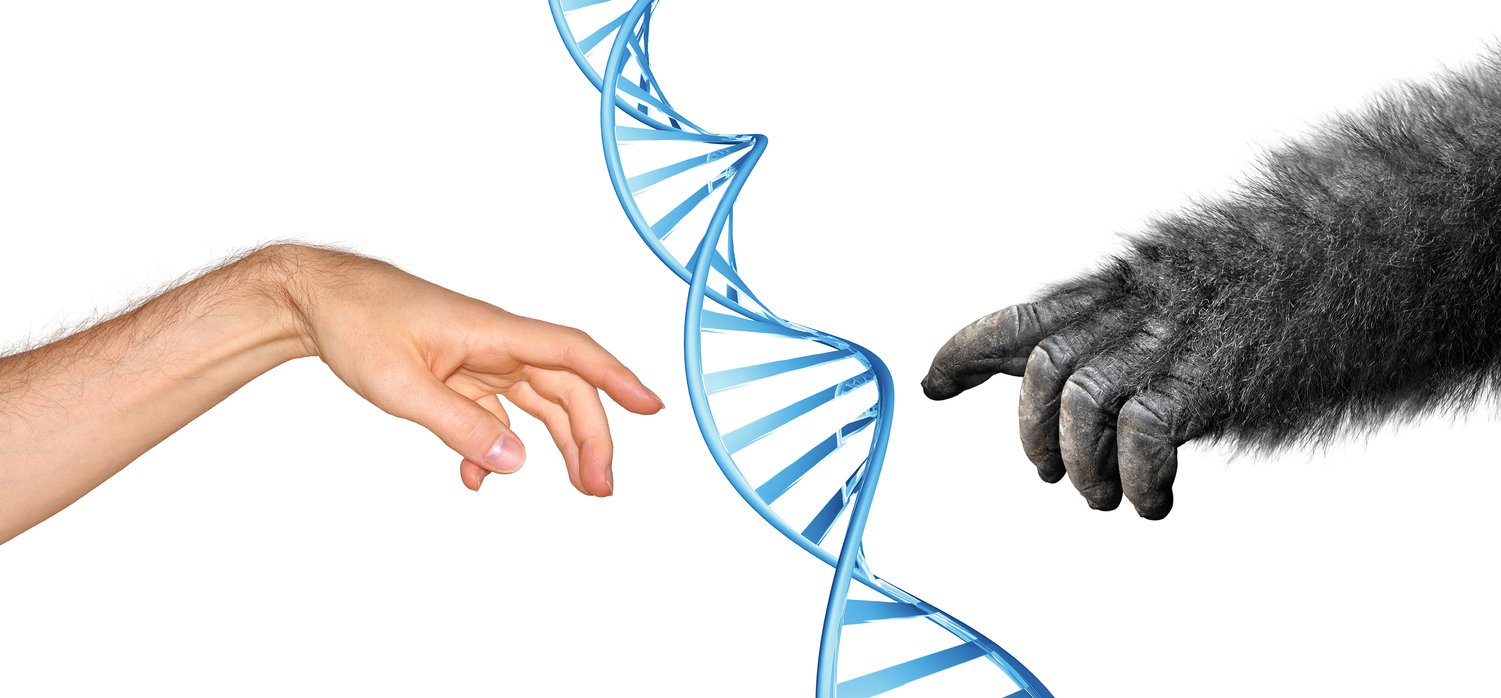
DPP4 Gene Variant
Another gene that appears to be causing problems is the DPP4 variant. This gene codes for an enzyme called dipeptidyl peptidase-4, which plays a role in the breakdown of glucose in the cell, which is then a target for diabetes drugs. As it turns out, it can bind to SARS-CoV-2 (and other coronaviruses, it's also been shown as a risk factor for MERS infection), allowing the virus a second route into the cell. Essentially, this variant "opens the door" and lets the virus into cells, including potential ones that lack the ACE receptor normally targeted by coronaviruses. This results in a higher infection chance, higher viral load, and higher overall risk of disease.
Studies have shown that the Neanderthal version of the gene, carried by about 1% of Europeans and 4% of Asians, appears more often in people with severe cases of COVID-19. The variant, which is on a promoter region, affects wherein the body and how much the gene is active, but not how DPP4 operates. The increased risk is likely due to the enzyme showing up in cells COVID-19 is likely to gain easy access to.
The variant is evenly rare across the population, and any positive impact it might have on the individual is currently unknown and likely negligible.
What Does This Mean For Treating COVID-19?
First of all, genetic testing could be used to identify individuals at particular risk of serious COVID-19. In countries that are still rolling out vaccines, identifying these individuals and prioritizing them for vaccination could significantly reduce the death rate of the disease. In other countries, testing when an individual gets COVID-19 could inform treatment practices. Those with genetic risk factors could be given treatments that might have worse side effects, but a better chance of fending off severe disease. However, individuals should not overly worry about these risk factors, as they are less significant than controllable factors such as practicing good public health measures, and also issues such as poverty and healthcare access.
And, of course, improving our understanding of why these genetic clusters create a significant increase in risk could help us design future treatments for COVID-19. Even after months of the pandemic, we are still doing better with vaccines than we are with treatments for the disease.
Drugs that target the DPP4 gene, for example, could be developed and then used either generally or specifically for individuals with the mutation. Existing diabetes drugs tend to increase enzyme production, which would be counterproductive in this case, but therapeutic targets could certainly be worked on.
For the chromosome 3 cluster, things are trickier. As of right now, we don't yet know exactly why that region increases the risk for COVID-19, but the fact that it also seems to increase the risk for other coronaviruses makes it an important area of study. There are also potential implications of past negative selection pressure, causing the gene frequency to have decreased in East Asia since individuals who are more susceptible to respiratory infections are likely to die sooner and be less able to pass the genes on. Research in this area could lead to new therapeutic targets.
Overall, the increased risk to individuals with certain Neanderthal genes might be an area of research to help both identify those at risk from severe infection and potentially develop therapeutic drugs, targeted or otherwise, to decrease the risk of hospitalization and death in COVID-19 patients. However, a lot of work needs to be done, especially with the chromosome 3 cluster, to fully understand the mechanisms behind the increased risk and how it might be mitigated.
To help drive your SARS-CoV-2 research, take a look at our SARS-CoV-2 panel, consisting of non-contrived native human material with 30 positive and 30 negative NP/OP specimens. Contact us for more information.

